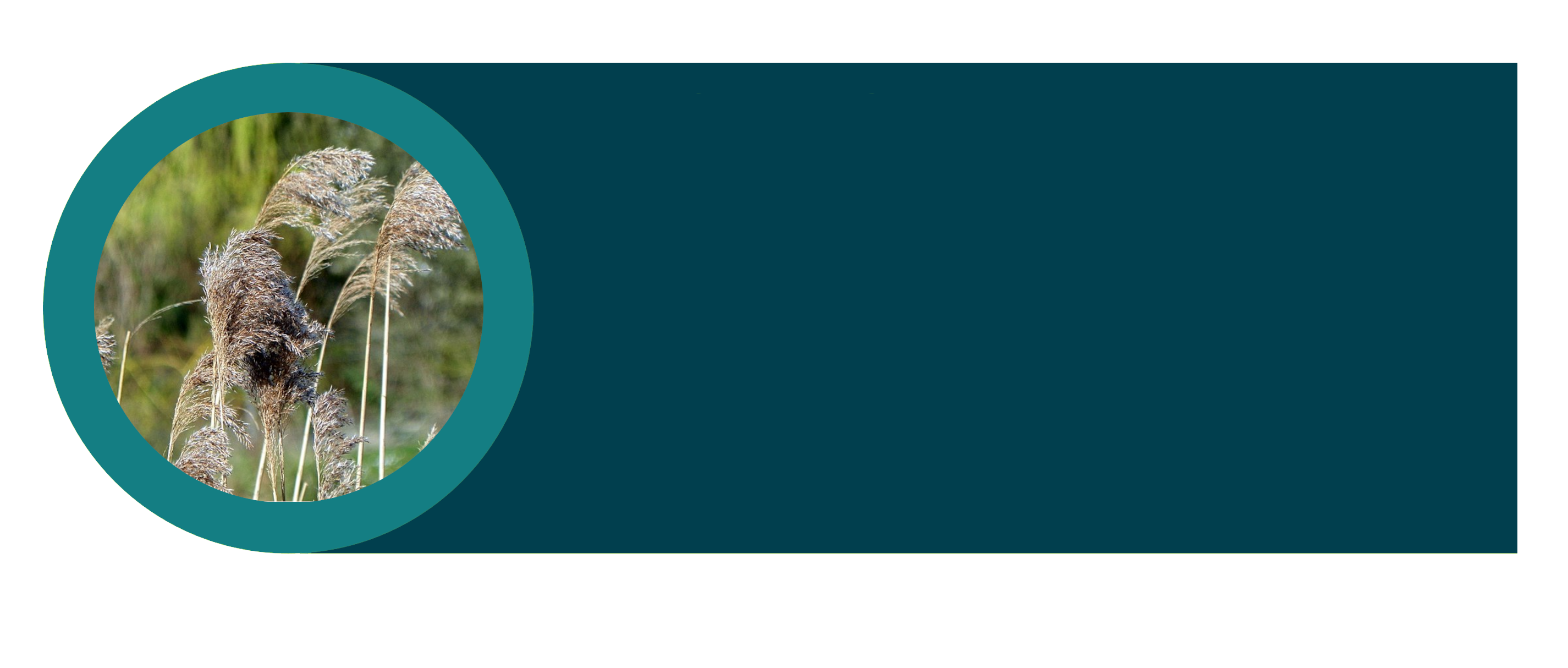5.1 What are Invasive Species?
As the Upper Thames River Conservation Authority (2021) reports, not all non-native species are invasive. Ontario has more than 500 species of non-native plants, but most of them do not harm our local ecosystems. Only the non-native species that aggressively spread are considered invasive. Invasive species outcompete native species for resources such as food, water, and habitat, and they often lack natural predators in their new environment. This allows them to increase quickly in abundance and even completely overtake entire habitats.
In London, we have many invasive plants that invade natural areas and spread quickly. These plants often have particular characteristics that allow them to succeed. These plants may:
- Produce a lot of seeds or have aggressive rhizomes (horizontal underground stems that can produce new plants),
- can grow in a range of soil and moisture conditions,
- are not eaten by native predators,
- out-compete and replace native plants, and
- do not provide the food and habitat required by many native insects, birds or animals.
The UTRCA has distributed a listing of the invasive and non-native plant species you might encounter in and around Ontario.
Ontario is also now home to many non-native wildlife species that have been introduced from other continents and are now able to survive and reproduce in the wild. Some of these species become invasive and displace our native wildlife.
The UTRCA has distributed a listing of the invasive and non-native wildlife you might encounter in and around Ontario.
A Closer Look
The presence of invasive species can affect local ecosystems in many ways:
Competition for Resources
Invasive species often outcompete native species for vital resources such as food, water, and habitat. Their rapid growth and reproduction rates allow them to dominate these resources, leading to a decline in native populations.
Predation
Some invasive species are predators that directly consume native species. This predation can lead to significant declines or even extinctions of native species, particularly if the native species have no evolved defences against the invader.
Habitat Alteration
Invasive species can change the structure and composition of habitats. For instance, invasive plants may alter soil chemistry or water availability, making the environment less hospitable for native species. Aquatic invasives can change water quality and clarity, affecting the entire ecosystem.
Disease Transmission
Invasive species can introduce new diseases to native populations. These diseases can spread rapidly among native species, which may have no natural immunity, leading to widespread illness and mortality.
Genetic Impact
Invasive species can hybridize with native species, leading to genetic dilution and loss of unique native genotypes. This can reduce the genetic diversity and resilience of native populations.
Overall, the presence of invasive species reduces biodiversity and weakens ecosystems, making them less resilient to environmental changes and further invasions. They also disrupt ecological processes, which can diminish the ecosystem services they provide to humans.
Banner Image Attribution
“Common Reed (Phragmites australis)”, AnenomeProjectors, CC BY-SA 2.0


